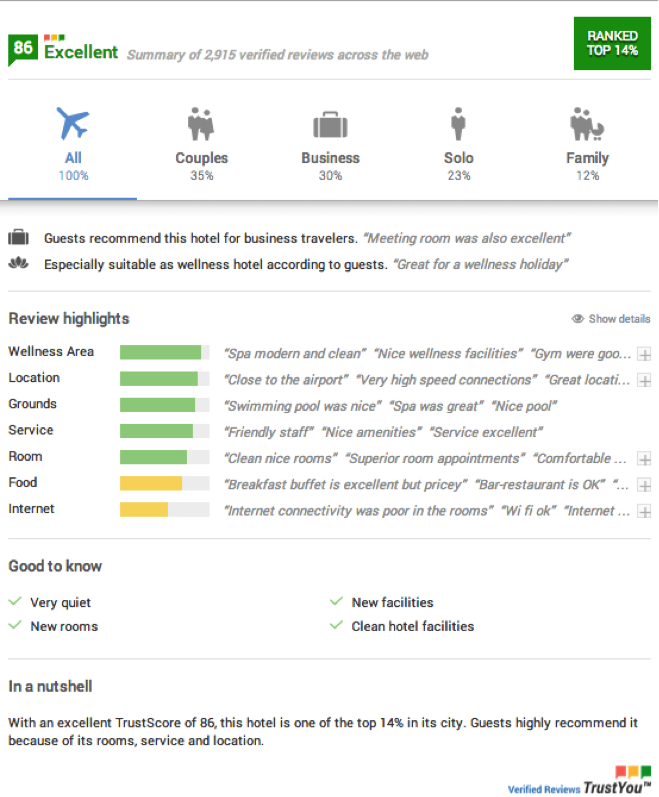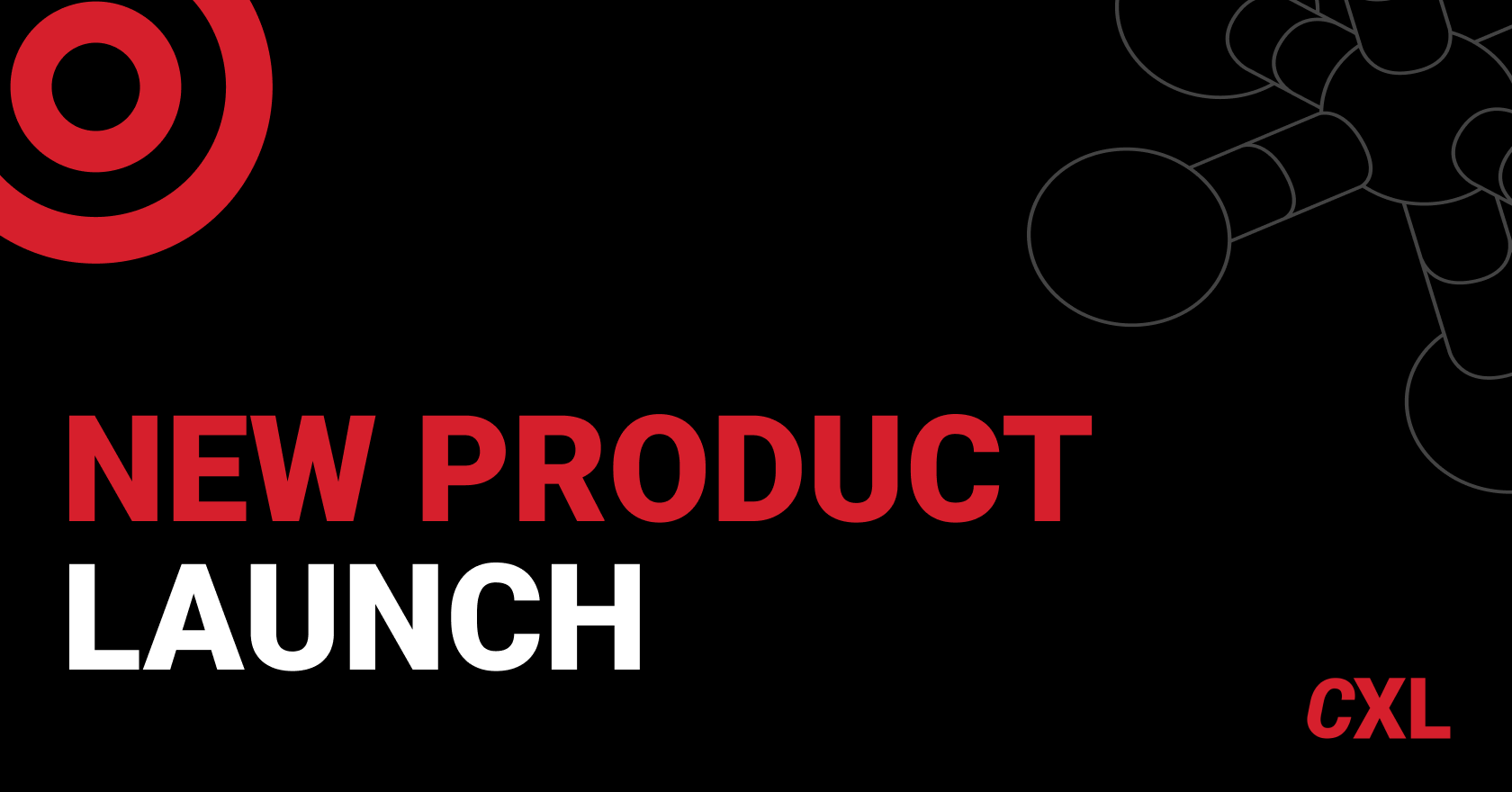
The choice of cookware is an important factor in cooking and eating. There are many things to consider, such as safety and durability. Consumer Reports conducts testing on different types and makes recommendations to help you choose the right product. They also offer tips on how to care for your cookware.
Nonstick cookware
When it comes to cooking with nonstick cookware, the coating used is important. A good piece of cookware should be free of PFOA or polytetrafluoroethylene. PFOA, a carcinogenic compound, can cause a variety of health problems. If your cookware does have PFOA, you should be aware of the consequences. You should not overheat it, since you will likely release toxic fumes into the air.
A common way to identify PFOA in nonstick cookware is to look out for the "PFOA Free" label. This claim may be misleading. This substance was banned in food packaging in the United States in 2009. However, it can still be found in nonstick cookware.

Cookware in five-ply
All-Clad offers a 5-ply line of cookware that is sure to please if your looking for new cookware. The D5 collection features five layers of durable stainless-steel steel. These layers are composed of an exterior layer of 18/10 stainless and an interior layer of aluminum. The core is made from a thin, steel-based steel. Each ply has a different material, but they all share similar benefits: they heat quickly, distribute heat evenly, and retain heat longer.
You can find this type of cookware in several price ranges. This cookware has a comparable price to other brands. You don't need extra money to buy high quality five-ply cookware. This cookware uses premium stainless steel, and aluminum. This cookware is safe and won't cause any foodborne diseases.
Glass cookware
Pyrex is an established brand of glass cookware. Pyrex is known for its versatility. However, there have been instances of glass bakeware cracking or shattering. A new paper published in the Bulletin of the American Ceramic Society provides an explanation of what causes this problem.
The consumer reports are based on the expertise of a team of writers, including Bridget Shirvell, who has decades of experience writing about food. Her research included data from top cookware makers as well customer reviews from the Internet. Claire Wells, a baker and pastry chef, also assisted her research. The author also sought advice from professional chefs, such as Daniel Craig of Kitchen Deets LLC.

Pyrex cookware
Pyrex cookware often causes confusion for consumers. While Pyrex says that its glassware is of the highest quality, it does not take responsibility for any product that goes wrong. Although Pyrex dishes have been involved in some incidents, these are very rare. Pyrex is still being criticized by some consumers for its flawed design.
Pyrex pieces were originally made of soda-lime, but this was changed when Pyrex cookware began to explode. Borosililicate glass can withstand extreme temperatures better than soda-lime. However, there are some disadvantages to tempered glass. Tempered glass isn't as strong as soda lime glass. It can also be dangerous and difficult to dispose of.